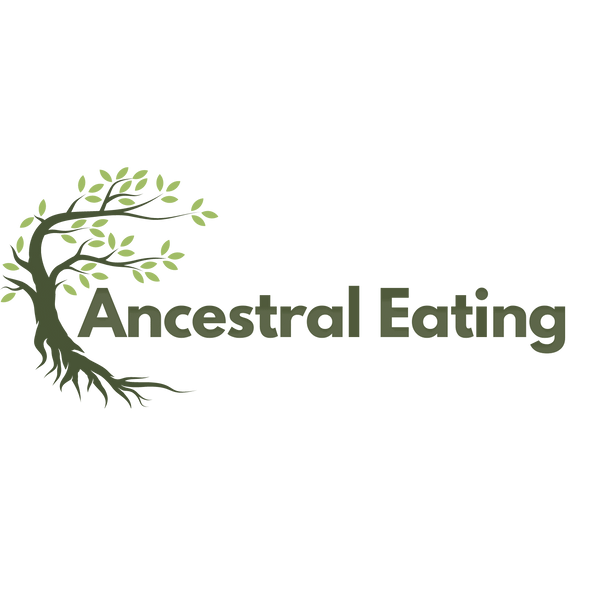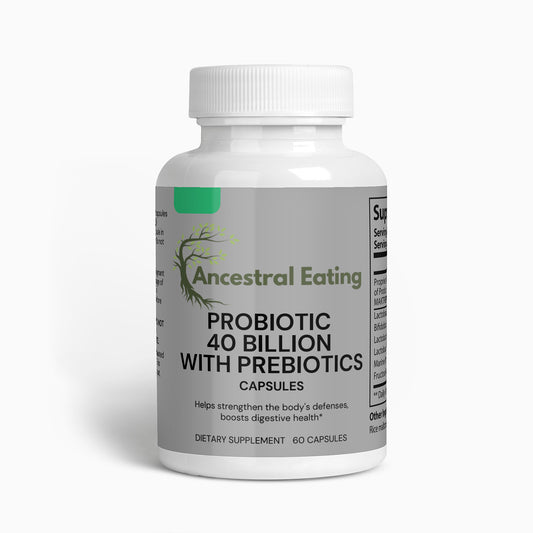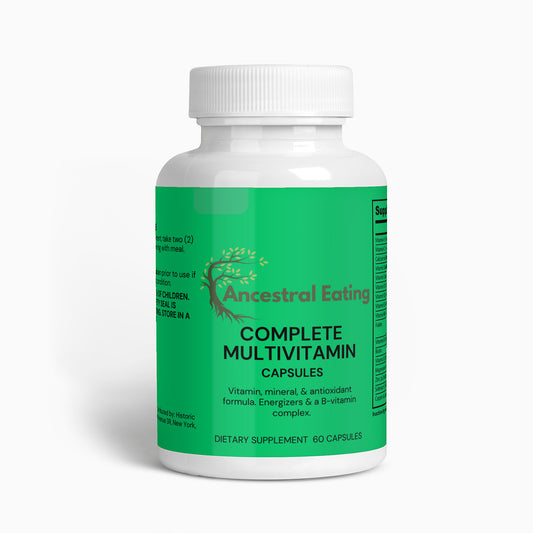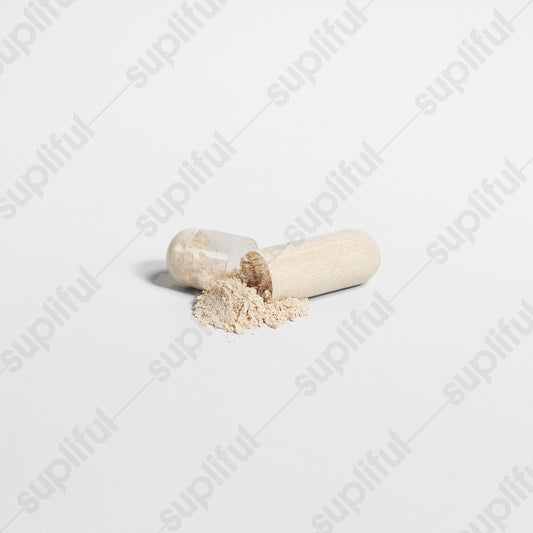Nicaragua's culinary history has been shaped by a combination of indigenous traditions, Spanish colonization, and more recent influences from other cuisines. The food is generally straightforward but flavorful, relying on a small number of staple ingredients and simple preparation methods that have evolved over the last 500 years. Here is an overview of the foods traditionally eaten in Nicaragua:
Staple Foods
- Corn (Maize): One of the most essential ingredients, used in a variety of ways, from "tortillas" to "nacatamales" and beverages like "pinolillo."
- Rice: Often served as a side dish or part of a main course.
- Beans: Commonly served with rice as "gallo pinto," especially for breakfast.
- Plantains: Prepared in various ways—fried, boiled, or made into chips.
Proteins
- Fish and Seafood: Particularly popular in coastal areas, fish is usually grilled or fried.
- Pork: Used in a variety of dishes, including "nacatamales," a type of tamale made with maize dough, pork, and other ingredients, wrapped in banana leaves.
- Beef: Often used in stews and soups like "sopa de res" (beef soup).
- Chicken: Commonly used in soups and grilled dishes.
- Cheese: Local cheeses like "cuajada" are often served as a side dish or used in cooking.
Fruits and Vegetables
- Mangoes, Papayas, and Bananas: Tropical fruits are abundant and consumed fresh or used in desserts and drinks.
- Tomatoes and Onions: Often used as a base for various dishes.
- Cabbage: Used in slaws or as a topping for dishes like "tostones" (fried plantains).
Spices and Seasonings
- Garlic and Onion: Used as the base flavor for many dishes.
- Achiote: A seed that provides color and flavor, often used in "nacatamales" and marinades.
- Cilantro: Commonly used in soups and stews.
Traditional Dishes
- Gallo Pinto: A traditional dish of fried rice and beans.
- Nacatamales: Nicaraguan tamales filled with pork, rice, potatoes, and other ingredients.
- Indio Viejo: A thick stew made with shredded meat, tortilla, vegetables, and spices.
- Vigorón: A dish made from boiled yuca, chicharrón (fried pork skin), and a cabbage salad.
Sweets and Desserts
- Tres Leches Cake: A cake soaked in three kinds of milk.
- Atolillo: A cornstarch and cinnamon dessert.
- Cajeta de Coco: A sweet made from coconut, sugar, and sometimes a little rum or cinnamon.
Beverages
- Pinolillo: A traditional cornmeal and cacao drink.
- Chicha: A fermented corn drink.
- Coffee: Nicaragua has a growing coffee culture, and its coffee is increasingly recognized for its quality.
Foreign Influences and Modern Foods
- Spanish Influence: The use of pork, rice, and cheese can be traced back to the Spanish colonizers.
- American Influence: Foods like fried chicken and hamburgers are increasingly popular, especially in urban areas.
In summary, Nicaraguan cuisine over the last 500 years has been characterized by a blend of indigenous ingredients and cooking methods with those introduced through colonization and trade. The result is a unique culinary tradition that is both diverse and deeply rooted in the country's history.






